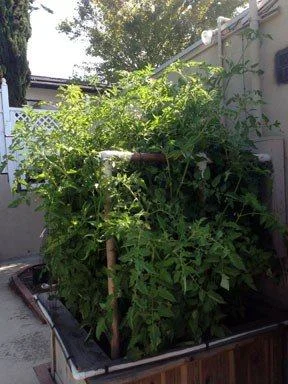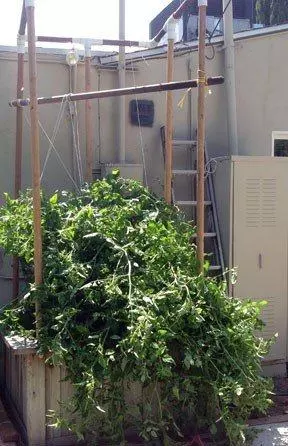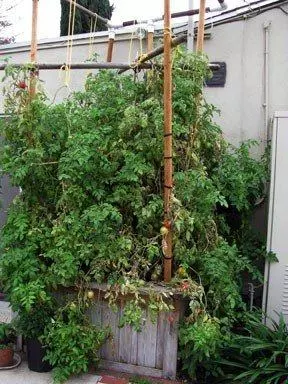Growing in Containers
Growing in Containers is not too difficult if you understand what the plant needs to be healthy and productive. Starting a container garden doesn’t mean you’ll have to limit the varieties of plants you grow.



Listed below are flowers, vegetables, and herbs that do well in containers.
The species are coded for quick reference to life span, cultural requirements, and recommended containers.
Vegetables
|
Vegetables |
Annual |
Hanging Basket |
Tub or 2-5 gal. Container |
Large Container 8-12 inch pot |
Small Container 4-6 inch pot |
Full Sun |
Part Shade |
Full Shade |
High Yield |
Transplant |
| Beans (Bush or vine type) |
A |
X |
X |
X |
X |
|||||
| Beets |
A |
X |
X |
X |
||||||
| Carrots |
A |
X |
X |
X |
||||||
| Cucumbers (Bush or vine type) |
A |
X |
X |
X |
||||||
| Eggplant |
A |
X |
X |
X |
X |
|||||
| Onions (especially bunching |
A |
X |
X |
|||||||
| Peas (Vining) |
A |
X |
X |
X |
X |
|||||
| Peppers |
A |
X |
X |
X |
X |
|||||
| Radishes |
A |
X |
X |
|||||||
| Spinach |
A |
X |
X |
X |
||||||
| Squash (summer & winter types |
A |
X |
X |
|||||||
| Swiss chard |
A |
X |
X |
X |
||||||
| Tomato |
A |
X |
X |
X |
X |
X |
||||
| Tomato (Cherry) |
A |
X |
X |
X |
X |
X |
X |
|||
| Turnips |
A |
X |
X |
|||||||
| Lettuce |
A |
X |
X |
X |
X |
X |
Tips About Vegetables! Don’t Think of Vegetable container gardens as “Plain Janes” and are only food sources – they can be sources of visual pleasure, too! Brightly colored kale, red leafy lettuce, eggplant, and peppers and colorful and beautiful.
Tips About Vegetables! To get the most out of your limited space, choose high-yielding varieties. These include beans, beets, carrots, lettuce, peppers, radishes, and some summer squash and tomatoes.
Tips About Vegetables! Many vegetables can be grown successfully in 3 to 5-gallon containers, including corn, broccoli, cabbage, kale, leeks, melons, and new seed-grown potatoes. In addition, more compact vegetable varieties are grown every year.
TROUBLESHOOTING
COMMON PROBLEMS WHEN GROWING IN CONTAINERS
| Problem | Cause | What to do |
| Plants wilt although obtaining enough water. | Insufficient drainage and aeration | Use a lighter soil mix, increase the number of drainage holes, and use a combination with a higher percentage of organic matter. |
| Leaf edges die or “burn,” turning dry and brittle. | High salt content | At regular intervals, leach the container by watering until water drains from drainage holes. |
| Plants are “leggy,” spindly, and unproductive | Not enough light or Too much nitrogen | Relocate the plant to the area receiving more light. Apply fertilizer less often and allow water to drain through |
| Plants yellowing from the bottom, lack vigor, weak color | Too much water or Not fertile enough | Less frequently watering and check for good drainage. Use fertilizer with higher levels of nutrients. |
| You have stunted plants with purplish, dying leaf tips. Or if you have small fruit or seed development. | Grown at a cool temperature and lacks enough phosphate. | Move the container to a warm area. Increase phosphate in a base solution used for fertilizing. |
| Leaves with small holes or distorted leaf shapes. | Insect damage | Use insecticides suited to the type of insect causing the problem. |
| Plant leaves with spots, dead, dried areas, or powdery or rusty areas. | Plant diseases | Remove diseased parts of a plant and use a fungicide. If the problem is severe, discard the entire plant. |
